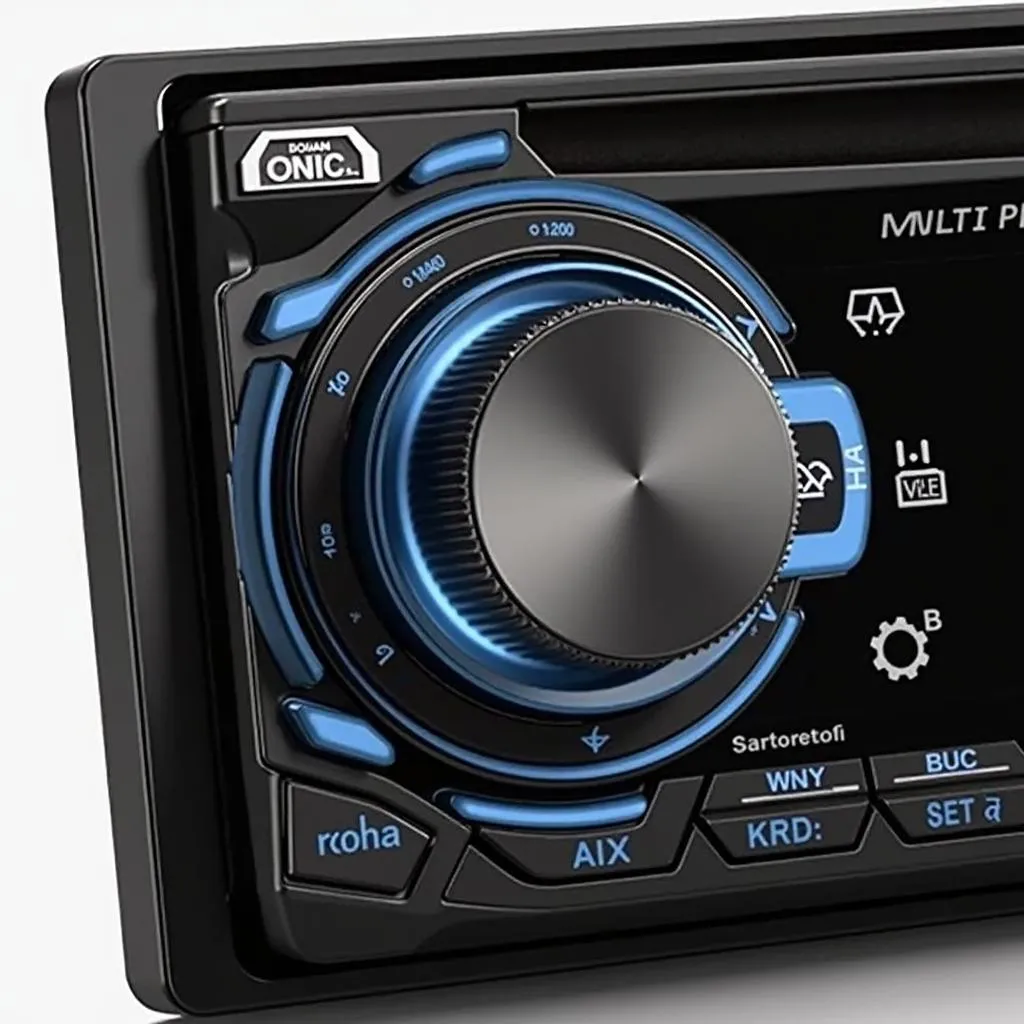A persistent brake light warning light can be frustrating and concerning. This article explores common causes and solutions when your brake light warning light stays on, providing insights for troubleshooting and fixing the issue, from simple checks to more advanced diagnostics.
If you notice your brake light warning light stubbornly illuminated, don’t ignore it. It signifies a potential problem within your braking system, demanding immediate attention. This could be anything from a minor issue like a blown bulb to something more serious that requires professional diagnostics and repair. More information on a specific issue can be found on our page regarding the car brake warning light stays on.
Common Reasons Why Your Brake Light Warning Light Stays On
Several factors can cause the brake light warning light to remain on. Understanding these will help you narrow down the problem and find the right solution.
Brake Fluid Level Low
A low brake fluid level is one of the most common culprits. The brake warning light is directly connected to the brake fluid reservoir sensor, and when the fluid drops below a certain level, the light comes on. This could indicate a leak in the braking system, worn brake pads, or a faulty sensor.
Faulty Brake Light Switch
The brake light switch, located under the brake pedal, activates the brake lights when the pedal is pressed. A malfunctioning switch can keep the warning light illuminated even when the brakes aren’t engaged. This can range from a simple adjustment to a complete replacement of the switch.
Blown Brake Light Bulb
A seemingly simple issue, a blown brake light bulb, can also trigger the warning light. It’s essential to regularly check your brake lights to ensure they are all working correctly. Replacing a blown bulb is a quick and easy fix. If you drive a 2014 Ford Fiesta and experience this issue, visit our dedicated page 2014 ford fiesta brake light warning light stays on.
Worn Brake Pads
Worn brake pads can also activate the warning light. Most modern vehicles have sensors embedded in the brake pads that trigger the warning light when the pads reach a certain level of wear. Ignoring this warning can lead to further damage and compromise braking performance.
ABS Issues
Problems within the Anti-lock Braking System (ABS) can also illuminate the brake warning light. This could be due to a malfunctioning ABS module, a faulty sensor, or wiring issues. Diagnosing ABS problems often requires specialized equipment. You might find helpful tips on our dedicated page regarding the hand brake warning light stays on.
Troubleshooting Your Brake Light Warning Light
Here’s a step-by-step guide to troubleshooting your brake light warning light:
-
Check the Brake Fluid Level: Open the hood and locate the brake fluid reservoir. Ensure the fluid level is between the minimum and maximum markers.
-
Inspect the Brake Lights: Have someone press the brake pedal while you check all brake lights, including the third brake light (if equipped).
-
Check the Brake Light Switch: Locate the brake light switch under the brake pedal. Check for any visible damage or loose connections.
-
Inspect the Brake Pads: Check the brake pads for wear. If they are thin or worn down to the metal, they need replacement.
-
Consult a Professional: If you’ve performed these checks and the warning light persists, it’s time to seek professional help. They can use diagnostic tools to pinpoint the exact issue. Sometimes, even a simple issue like a constantly illuminated brake warning light can be related to more complex problems as described on our page brake light warning stays on.
“Ignoring a persistent brake light warning light can be dangerous,” says automotive expert, John Miller, ASE Certified Master Technician. “It’s crucial to address the issue promptly to ensure your safety and prevent further damage.”
Remote Diagnostics and Software Solutions
In many modern vehicles, remote diagnostics and software solutions can play a crucial role in identifying and resolving brake system issues. Using specialized software, technicians can remotely access a vehicle’s computer system, retrieve diagnostic trouble codes, and even perform software updates or calibrations. This technology can often expedite the diagnostic process and reduce repair time. “Remote diagnostics offers a quick and efficient way to identify complex issues, especially with ABS systems,” notes Sarah Chen, Lead Software Engineer at AutoTech Solutions.
Conclusion
A brake light warning light that stays on should never be ignored. It indicates a potential problem within your braking system, requiring prompt attention. By following the troubleshooting steps outlined in this article, you can often identify the cause and find a solution. However, for more complex issues, consulting a qualified technician is crucial. Addressing the problem promptly ensures your safety and prevents further damage to your vehicle. If you own a Chevrolet and are facing this issue, check our resource on brake warning light stays on chevrolet.

